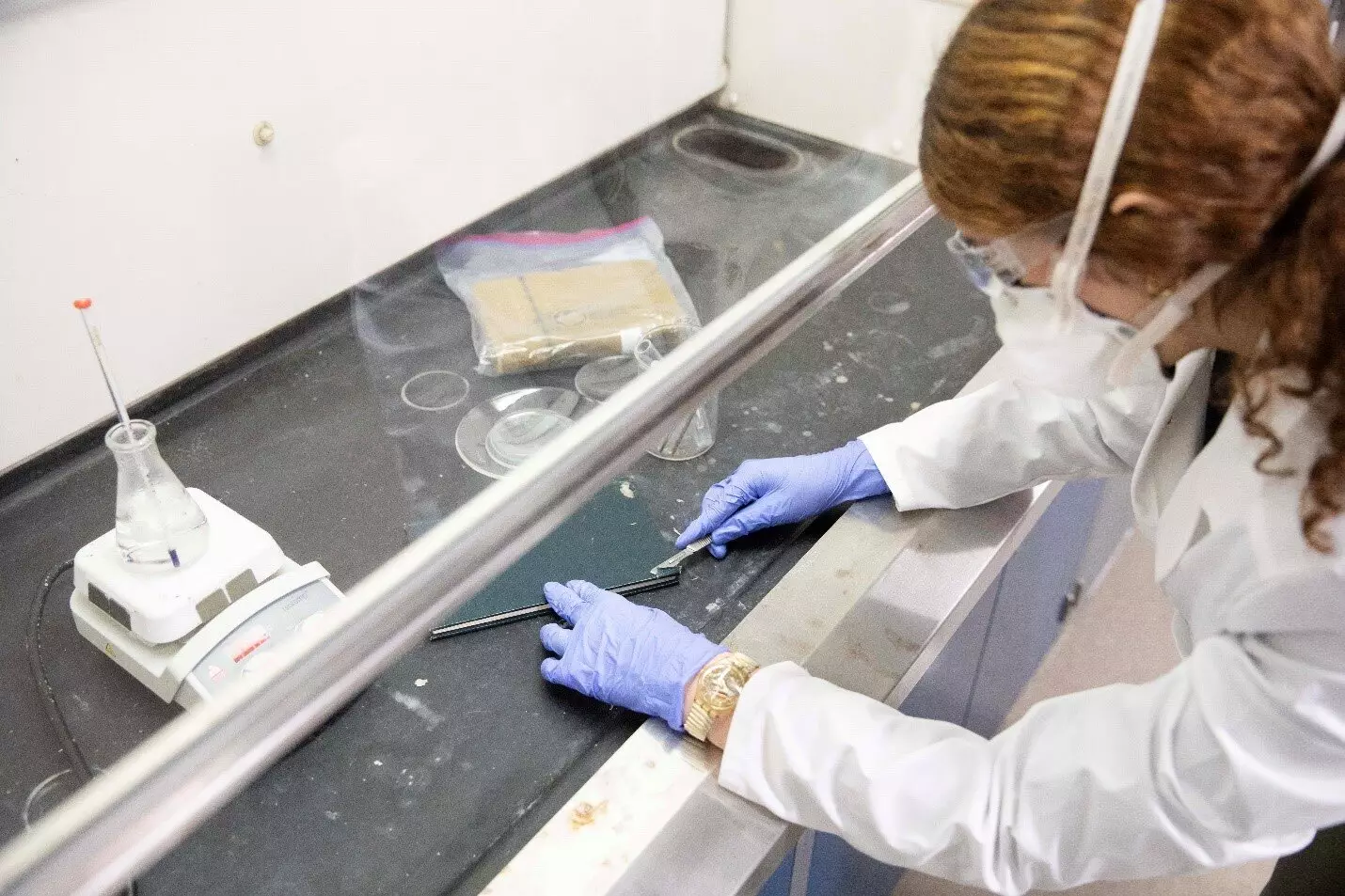When thinking about the Victorian era, most people envision elegance, refinement, and beauty. However, beneath the colorful cloth bindings of books from that time period lies a hidden danger. The dyes used to create these vibrant hues may actually pose a health risk to those who come into contact with them. Recent research has shed light on the toxic nature of these old books and the potential risks they pose to readers, collectors, and librarians, especially if the pigments transfer onto hands or become airborne and inhaled.
An in-depth study conducted by researchers at Lipscomb University aimed to assess the extent of dangerous dyes present in a collection of Victorian and early 20th-century fabric-covered books. Led by chemistry professor Joseph Weinstein-Webb, the team utilized innovative techniques such as X-ray fluorescence (XRF), Raman spectroscopy, and X-ray diffraction (XRD) to analyze the books for toxic pigments. While XRF revealed the presence of lead and chromium in some book covers, ICP-OES was used to quantify the concentration of these heavy metals, and XRD helped identify the specific compounds involved.
The results of the study were both shocking and concerning. Certain books exhibited metal concentrations that far exceeded acceptable limits for chronic exposure, as specified by the Centers for Disease Control and Prevention (CDC). In one particularly alarming case, the lead concentration was over twice the CDC limit, and the chromium concentration was nearly six times the limit. Prolonged exposure to lead or chromium through inhalation could have serious health implications, including cancer, lung damage, and fertility issues.
The implications of these findings extend beyond academic interest, as they directly impact the safety of librarians and readers who handle these books on a daily basis. In response to the study’s discoveries, the Lipscomb library took proactive measures to safeguard its collection. Untested 19th-century books were sealed in plastic bags to prevent any potential hazards, while books confirmed to contain dangerous dyes were removed from circulation altogether. The research team plans to contribute their findings to the Poison Book Project, a collaborative effort aimed at raising awareness about the safe handling, conservation, and storage of toxic books in libraries and private collections.
Reflecting on the presence of toxic dyes in Victorian books, it is a stark reminder of the health risks associated with materials that were once considered safe and desirable. The allure of vibrant colors may have come at a high cost, as evidenced by the harmful effects of lead and chromium exposure. By uncovering the true nature of these poisonous books, researchers and librarians can work together to protect future generations from potential harm and ensure the preservation of these historical artifacts for years to come.


Leave a Reply